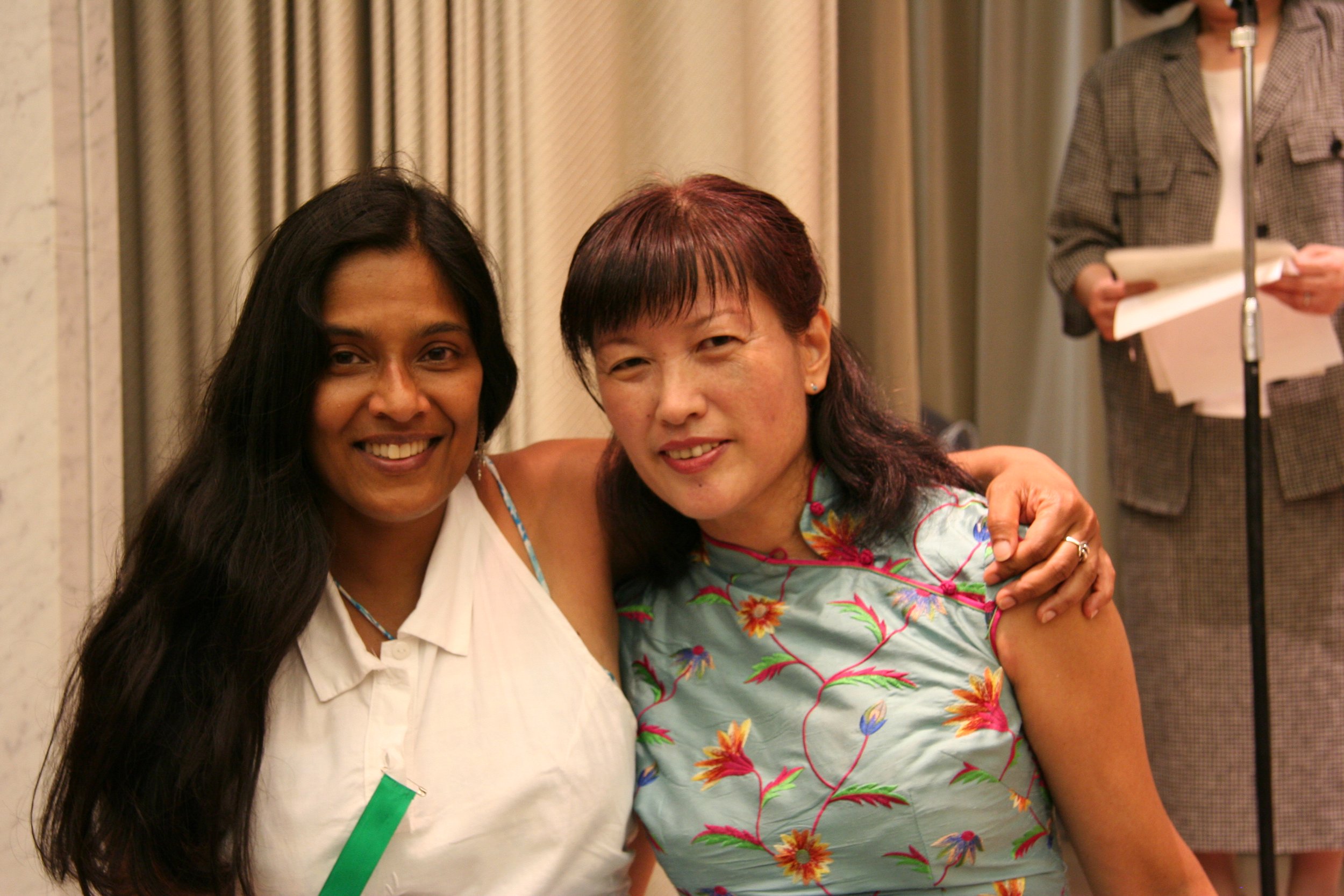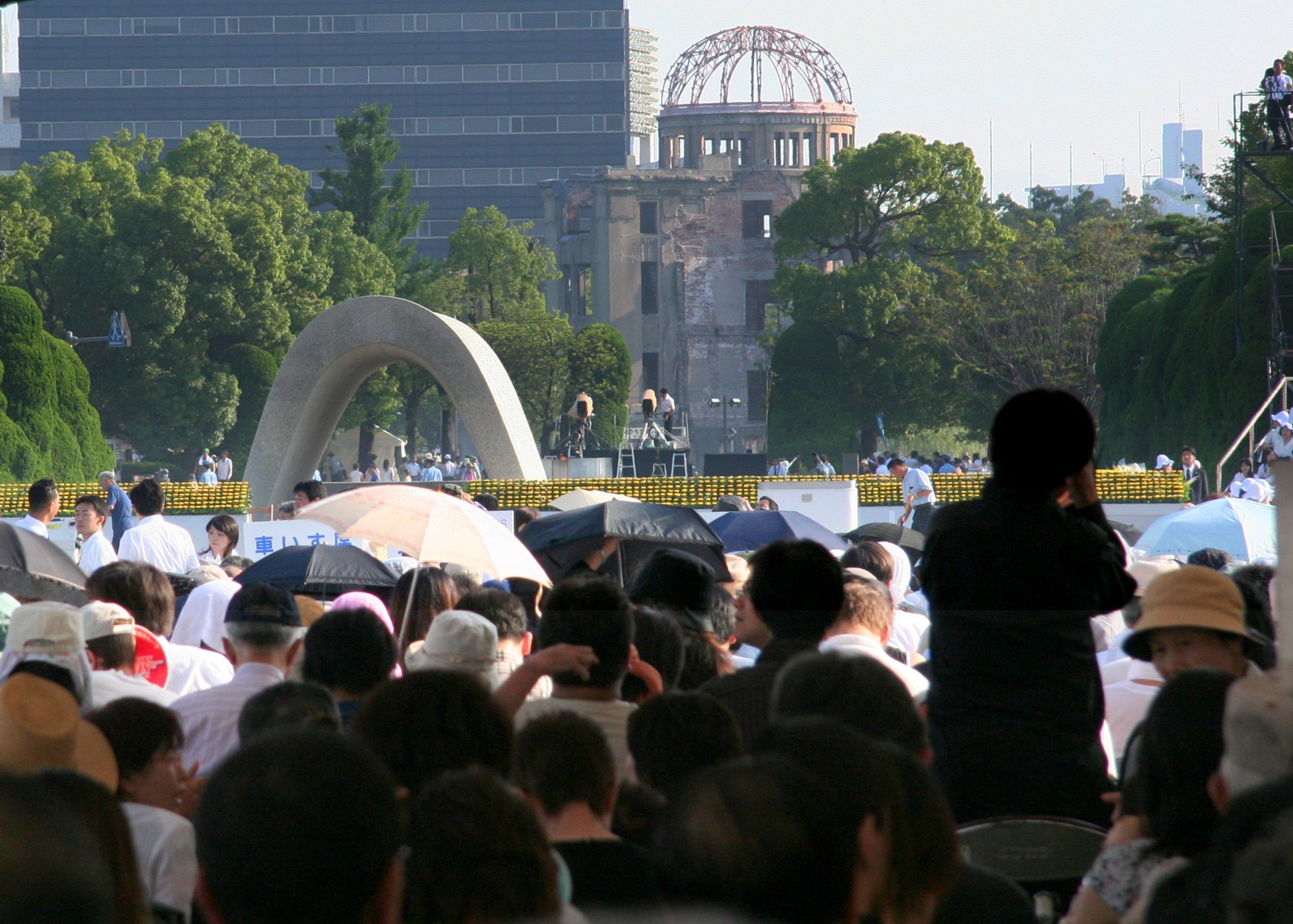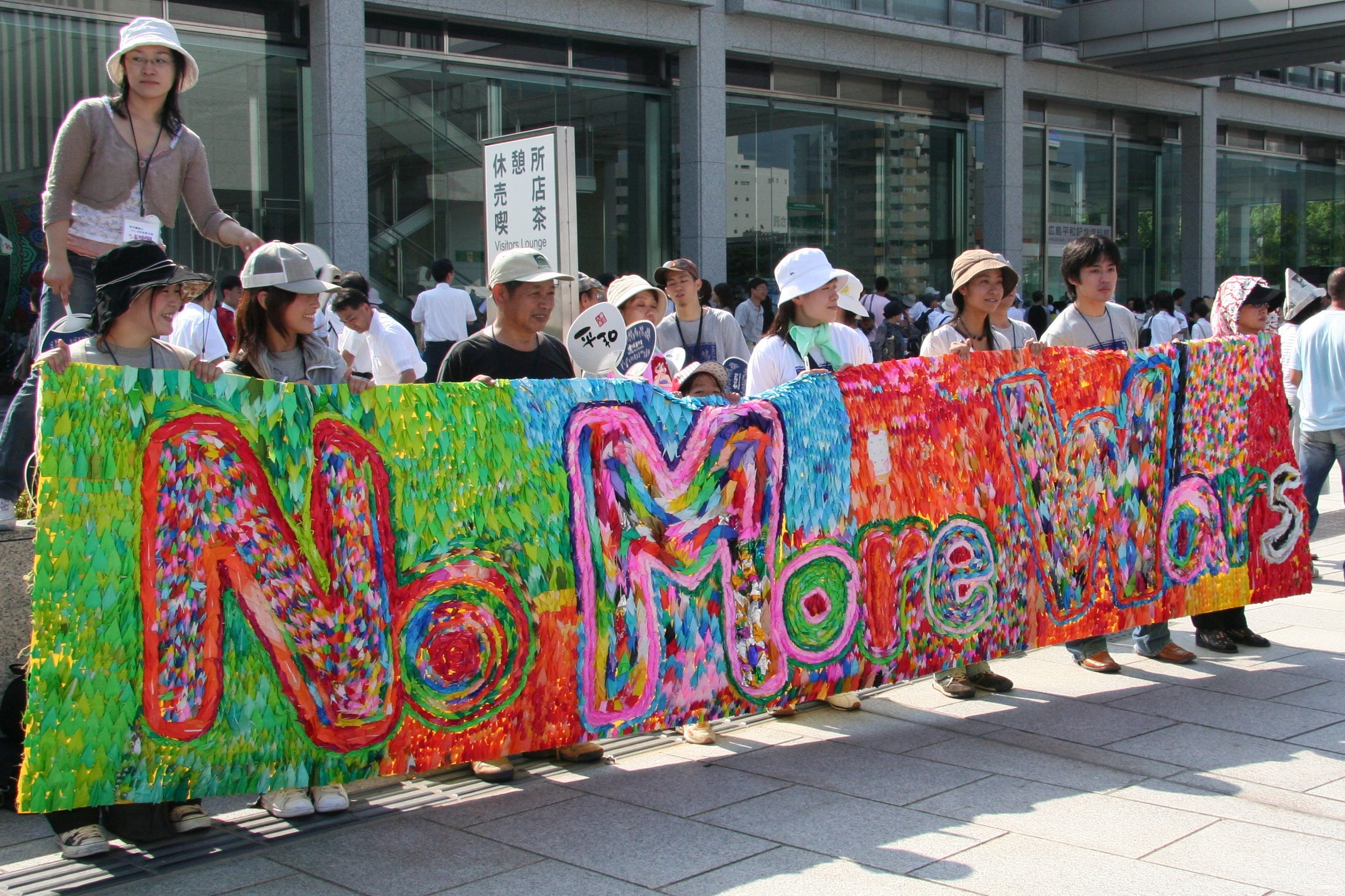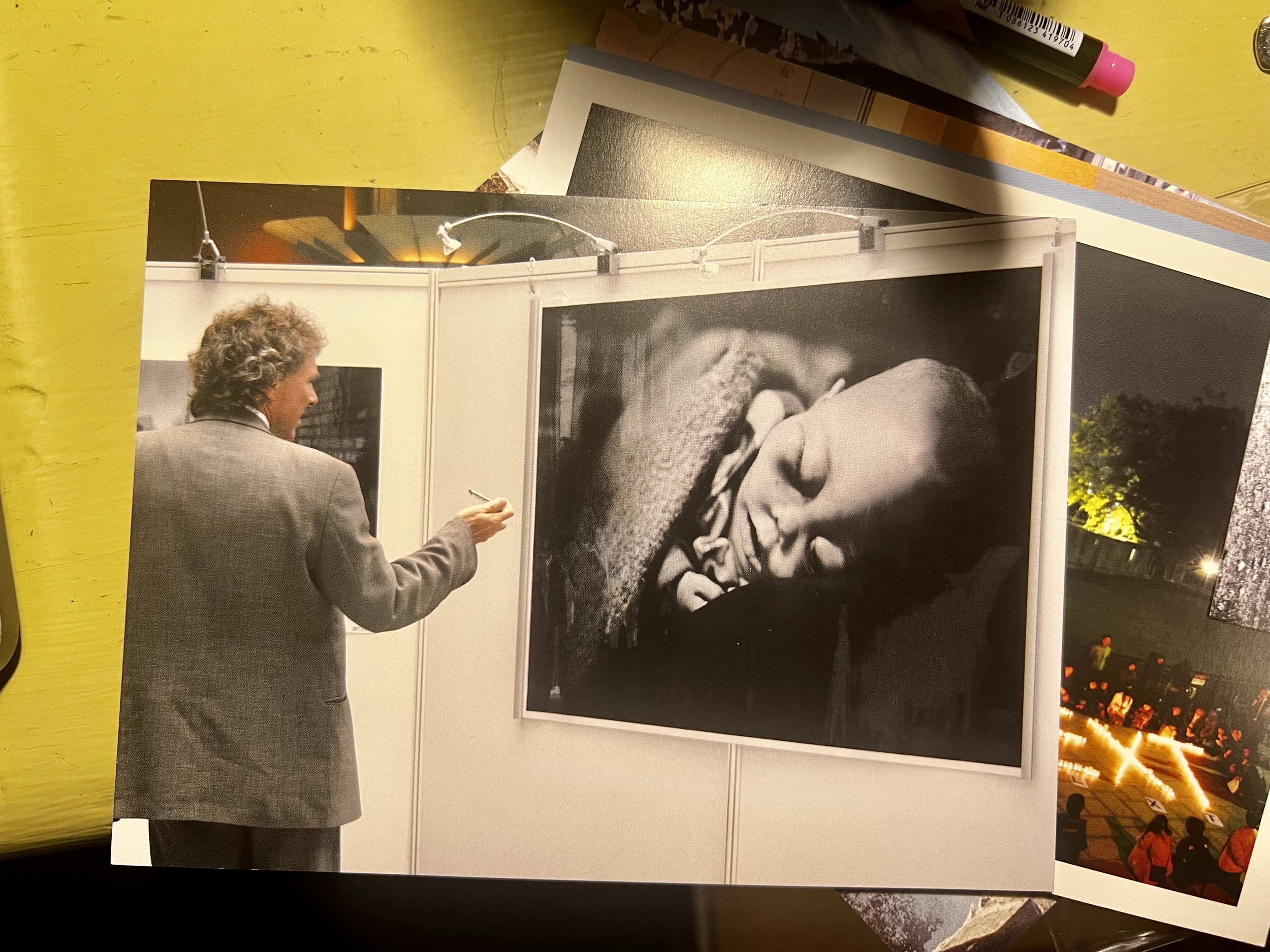On behalf of London CND, Daniel Britton recently had the opportunity to sit down with Apolonia J. Lobo—an artist, activist, and passionate advocate for nuclear non-proliferation. In the comfort of her flat in northwest London, Apolonia shared the remarkable story of how an unexpected visit to Hiroshima in the summer of 2006 got her involved.
The experience she shared moved her, not just to become active, but also to inspire her to create art that captures the emotional intensity of her time there. Our conversation took place shortly after the 79th anniversary of the Hiroshima bombing in Tavistock Square, where Apolonia first introduced herself and her journey. Looking ahead to the 80th anniversary, we share her story.
Apolonia started the conversation in 2006 when her then-partner, Francesco, was invited to attend the third International Coalition to Ban Uranium Weapons (ICBUW) conference in Hiroshima as a moderator and technical expert. The four-day event, focusing on the impact and use of uranium-based weapons, initially seemed like an opportunity meant for Francesco alone. Yet, despite having no formal ties to the conference, Apolonia, a freelance artist by trade, soon found herself drawn to the powerful message being conveyed. With her camera, originally bought for personal use, at the organisers' request she found herself supporting by taking photos of the event.
The conference began with the laying of wreaths ceremony at the Hiroshima Peace Memorial, a solemn moment of remembrance that set the tone for the days ahead. Over five long days, Apolonia immersed herself in discussions spanning the scientific, political, and humanitarian dimensions of depleted uranium (DU). From 9:30 in the morning until 7 in the evening, she opened her eyes to the long-lasting effects of DU and nuclear weapons. One of many emotionally charged moments, she recited listening to soldiers recount the harrowing news of Gulf War Syndrome affecting their children, and doctors who described patients having to turn to expensive black-market medications to manage exposure to DU.
















